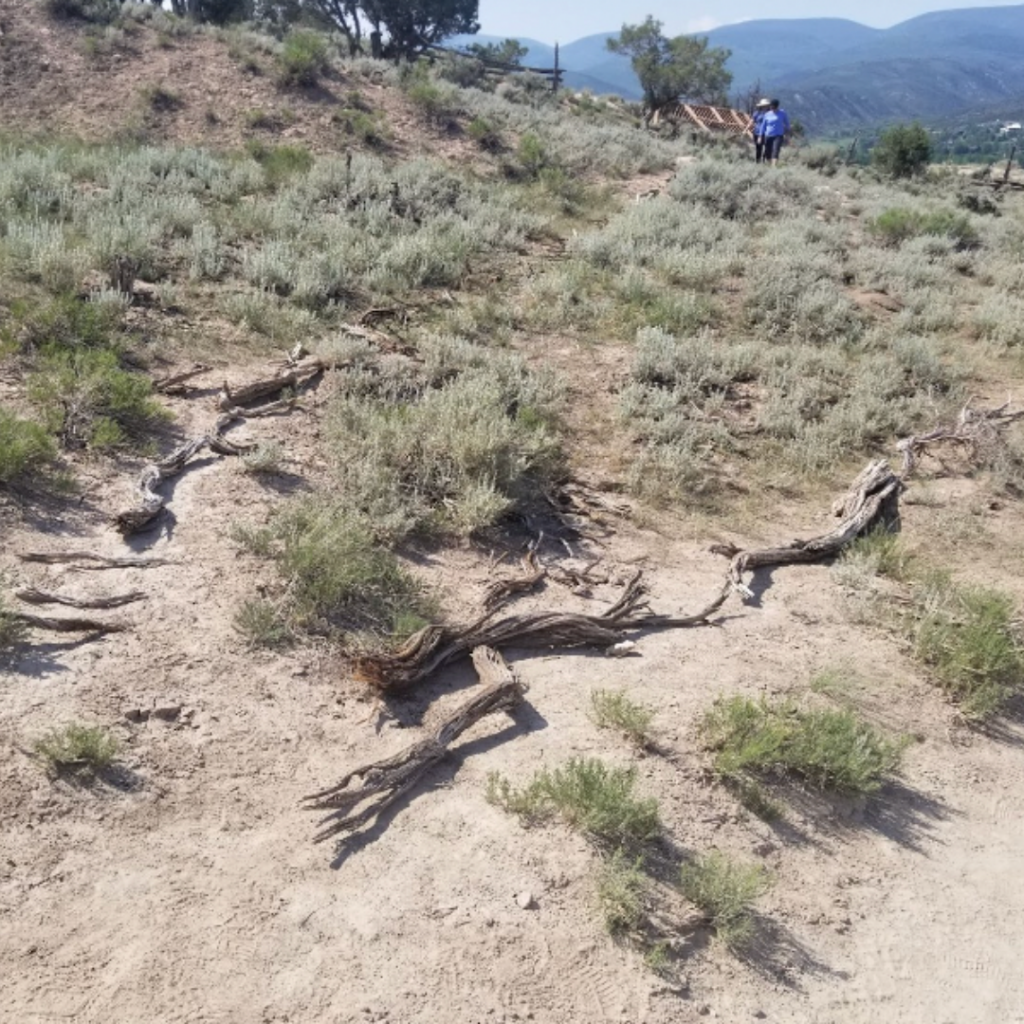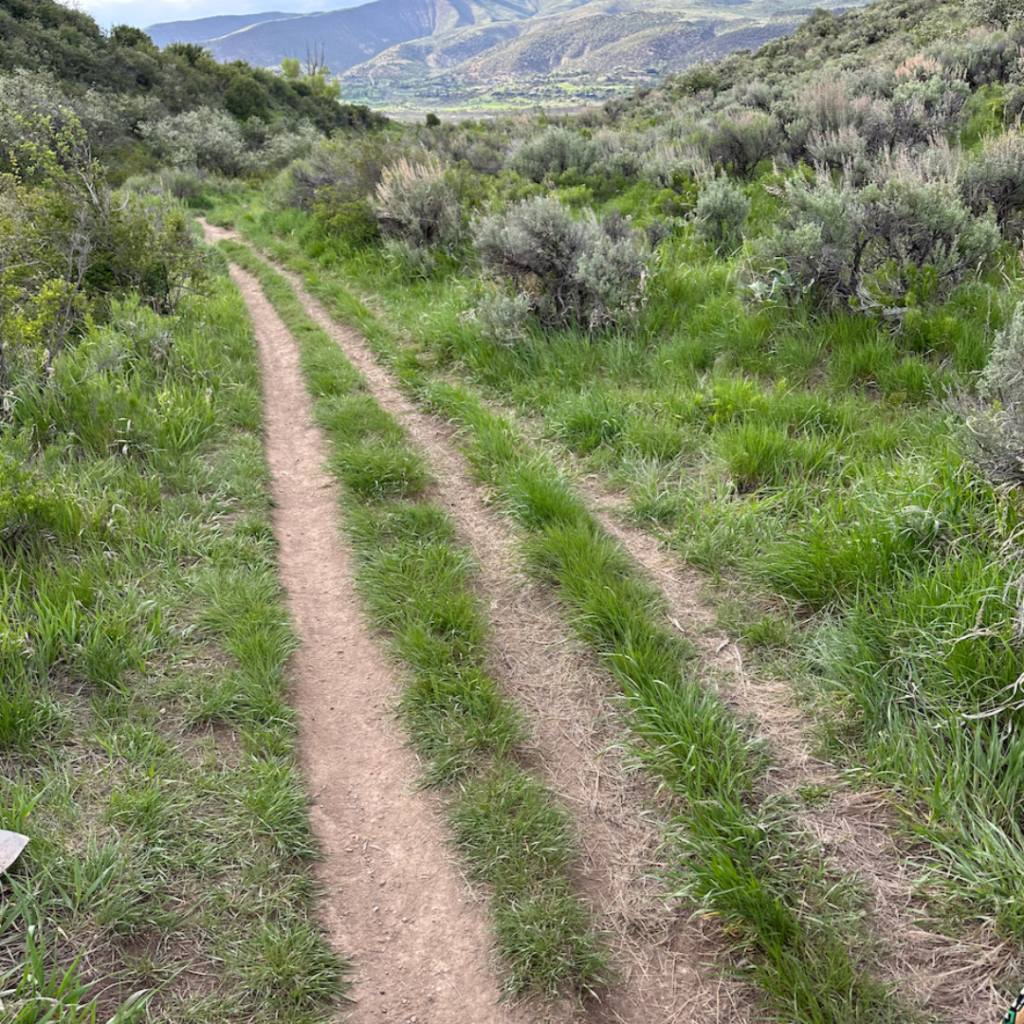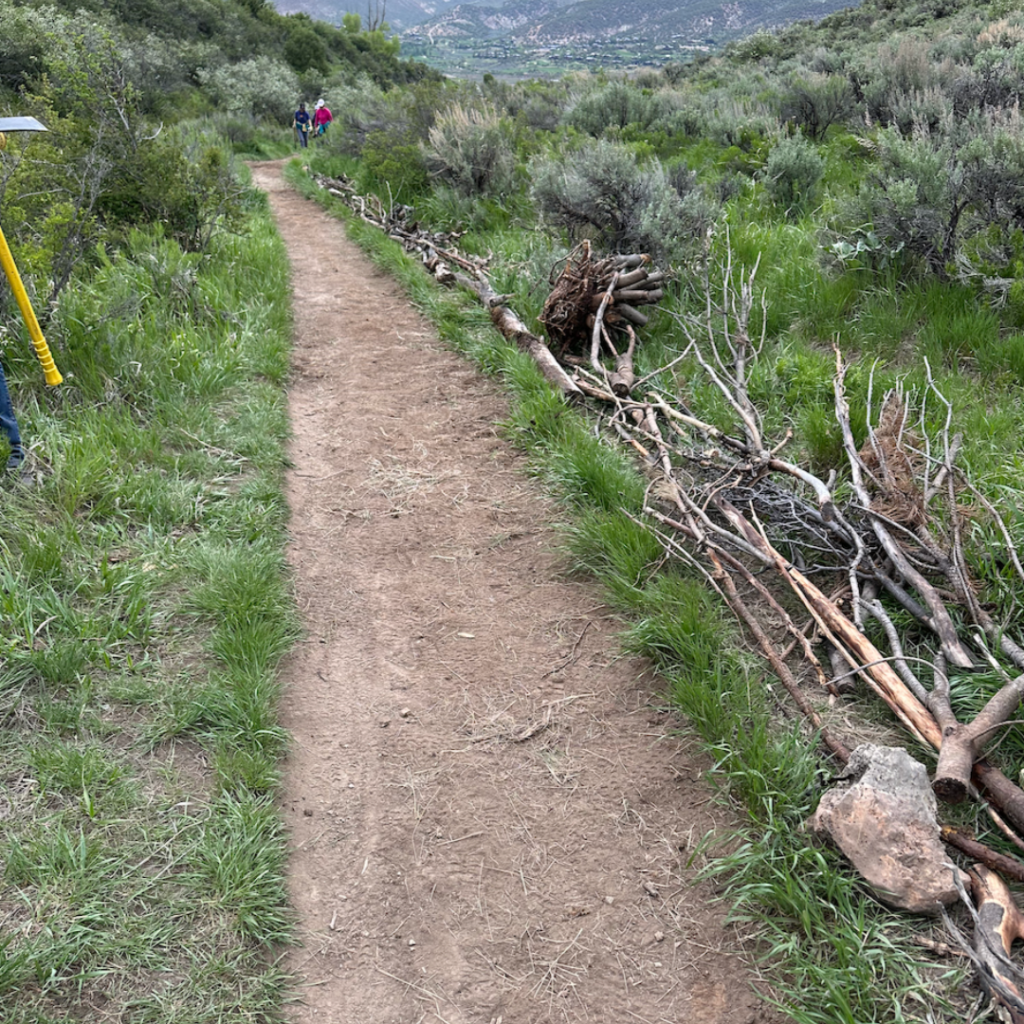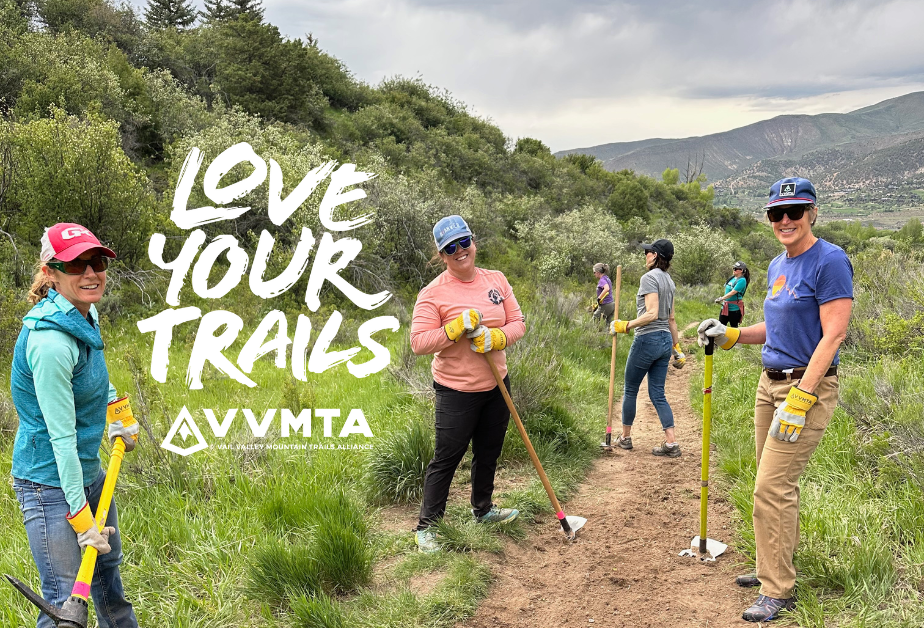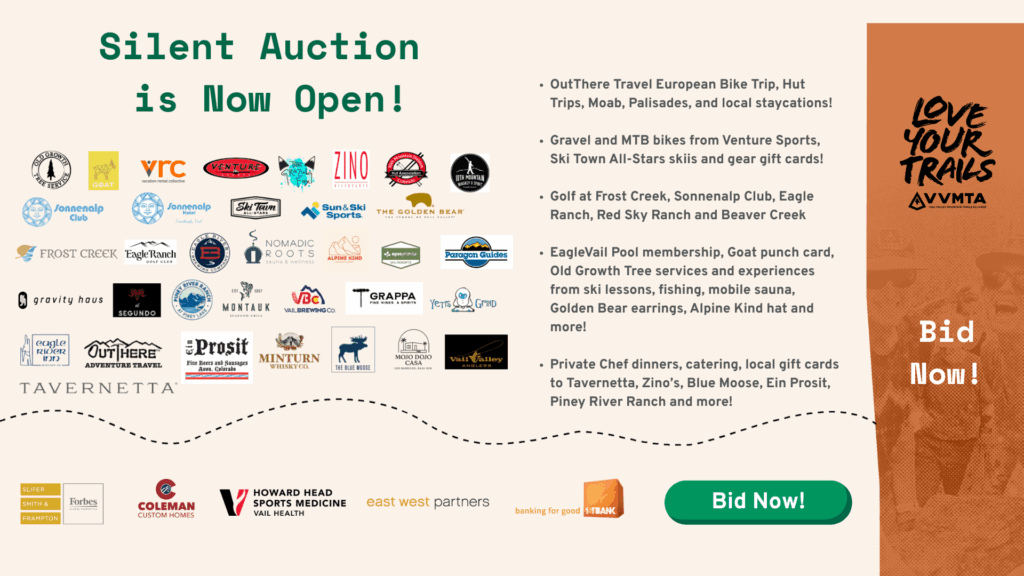A social trail is an unofficial, user-created path that ventures off from the designated trail. Over time, these trails can take on some of the characteristics of a sustainable trail and become the preferred route. This might be from avoiding a wet, muddy area, avoiding obstacles in the trail, or even to scenic viewpoints or vistas. Because of their lack of maintenance and oversight, social trails can be hazardous to users and might cause people to stray far enough off the trail that they become lost.
Sensitive ecosystems and wildlife are also impacted by social trails. When considering the placement of a trail, a buffer zone is the protective area around the trail that might have more fragile vegetation areas. According to the US Forest Service, the buffer zone can reduce bank erosion, stabilize soil, and increase habitat areas for different species of both flora and fauna.
Sustainable trails are built to have the least amount of impact possible in an area. Environmental evaluations, countless hours of flagging and digging, and Land Manager oversight is dedicated to creating the best possible trail while also considering the impact it can and will potentially have.
These social trails do, inevitably, exist in our Valley and our Land Managers, volunteers, and Trail Conservation Crew members do their best to close them. We have an incredible network of trails in our Valley. Sometimes, it’s okay to be a little anti-social and stay on the right path.
